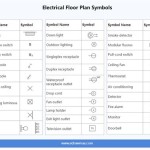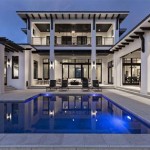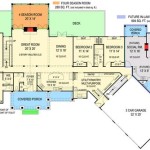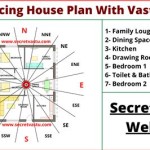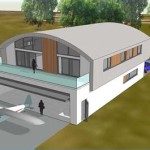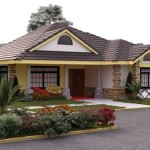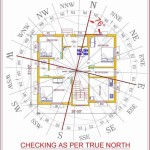Essential Aspects of Bird House Design Plans
Providing a suitable nesting environment for birds is crucial for their survival and well-being. Designing and building a birdhouse requires careful consideration of various factors that affect its functionality and appeal to avian residents. Here are some essential aspects to keep in mind when creating birdhouse design plans:
Location and Placement
Choose a location that offers protection from predators, extreme weather conditions, and direct sunlight. Mount the birdhouse on a pole or tree at a height of 5-10 feet above the ground. Ensure there are no overhanging branches or obstructions that could hinder access for birds.
Size and Shape
The size and shape of the birdhouse depend on the target bird species. Small songbirds require a box with a base of 4x4 inches and a height of 6-8 inches, while larger birds like bluebirds or wrens may need a larger space. The shape should provide ample room for the bird to turn around and nest comfortably.
Entrance Hole
The entrance hole is the access point for the bird. Its size and placement are crucial to prevent predators from entering and to accommodate the target species. For small songbirds, an entrance hole of 1.25 inches in diameter is appropriate, while larger birds may require a hole up to 1.5 inches in diameter. Position the hole near the top of the birdhouse, facing away from prevailing winds.
Ventilation and Drainage
Proper ventilation is essential to prevent moisture buildup inside the birdhouse. Include small holes near the top of the house to allow air circulation. Additionally, the roof should be slightly slanted to ensure water drainage and prevent leaks. Standing water can lead to mold growth and health problems for the birds.
Materials and Construction
Choose durable and weather-resistant materials such as untreated wood, plastic, or metal for the birdhouse. Avoid using treated wood or materials that emit harmful chemicals. Construct the birdhouse securely to prevent it from falling apart or collapsing. Use screws or nails to fasten the components, and ensure the joints are sealed against moisture ingress.
Predator Protection
Consider incorporating predator-deterrent features into your design. Metal flashing or a baffle around the entrance hole can prevent predators from reaching the interior. Additionally, placing the birdhouse in a location with good visibility and avoiding thick undergrowth can help deter predators.
Maintenance and Cleaning
Birdhouses require regular maintenance to keep them in good condition and attract new occupants. Clean the birdhouse once or twice a year to remove old nesting material, droppings, and debris. Inspect the house for damage or signs of infestation, and make necessary repairs or replacements.
By following these essential aspects, you can create birdhouse design plans that provide a safe, comfortable, and inviting environment for feathered friends. Remember to research the specific needs of the target bird species to ensure the best possible nesting experience.
Free Bird House Plans Bluebird Purple Martin Wren More

Wood Bird House Plans Free Kits

Birdhouse Plans 7 Simple Steps With Pictures Diy Projects Patterns Monograms Designs Templates

3d Printed Birdhouse 10 Great Models To Tweat The Birds All3dp

Birdhouse Plans Easy One Board Diy Project Projects Patterns Monograms Designs Templates

Free Wren House Plans Easy Diy Project

Birdhouse Design Blue Print Bird House Plans Free

Free Birdhouse Plans Diy Homemade Nesting Box Projects Patterns Monograms Designs Templates

Build A Birdhouse Easy To Bird House Plans

Simple Bird House Plans Free Construct101


